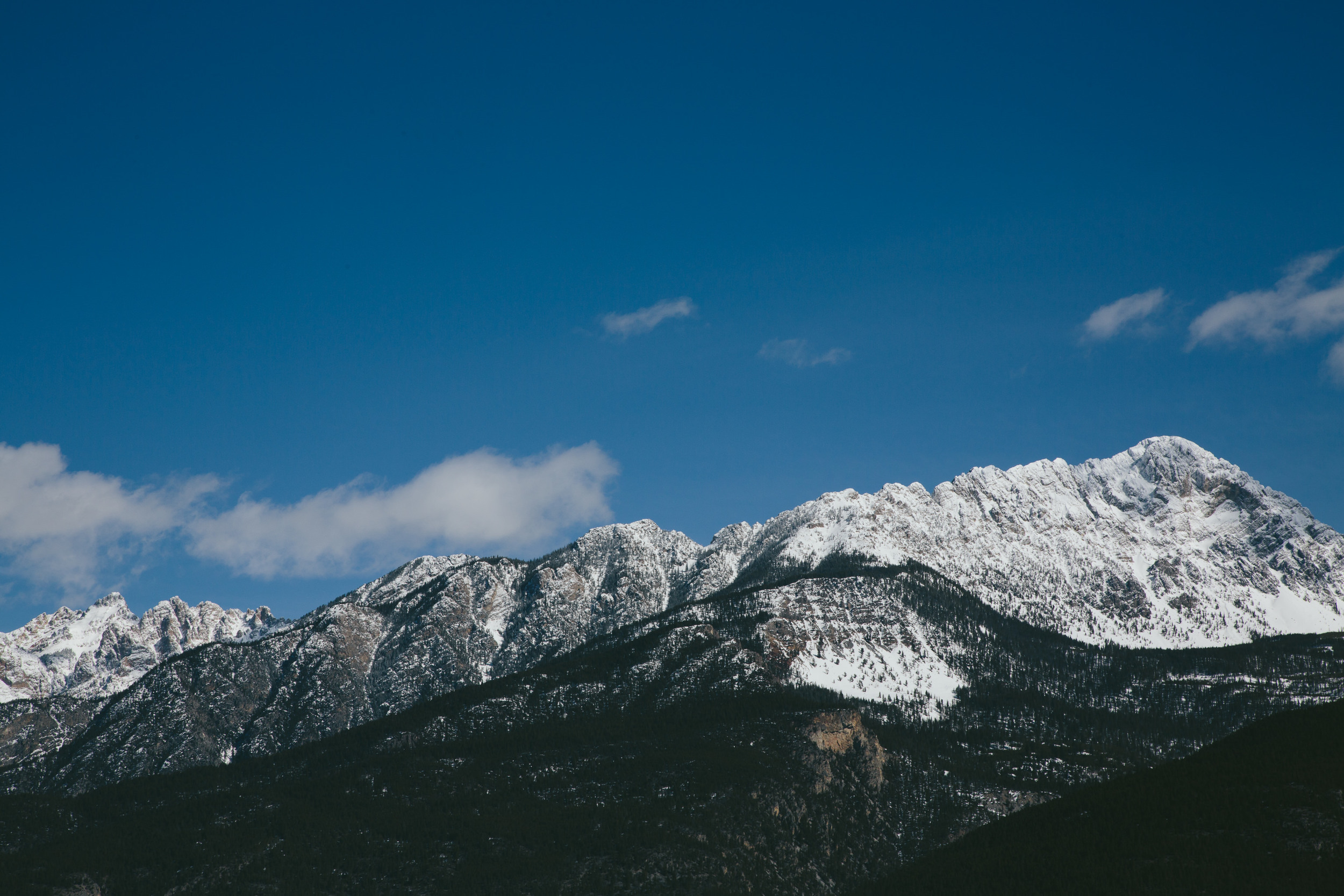Put your hands together for a big MOSH Lab welcome for Rulan! He joins us after an undergraduate degree at SFU, and his MSc research will focus on remote sensing and field-based monitoring of wildfire fuel moisture conditions.
Western Snow Conference - and a new PhD student
MOSH member Sara Darychuk (who has now officially switched into the PhD stream at UNBC!) will be presenting at the Western Snow Conference on 13 April. She will give an update on her runoff detection research in the Lajoie basin using Sentinel-1 synthetic aperture radar data.
Registration and details: https://westernsnowconference.org/meeting/2021
New Research on Mountain Snowpack Modelling
MOSH levels of excitement about the publication of this paper, which was led by Vincent Vionnet of Environment Canada and the Centre for Hydrology at the University of Saskatchewan:
https://tc.copernicus.org/articles/15/743/2021/tc-15-743-2021.html
The research builds on the state-of-the-art Canadian Hydrological Model to advance our ability to model snow in mountain environments, which are notoriously tricky places to work. By working on a variable resolution triangular mesh (instead of a regular grid), including redistribution of snow due to both winds and avalanches, and pulling off some difficult wind downscaling, our work generates realistic simulations of snowpack depth compared with airborne LiDAR observations.
\m/
Observed (top left) and modelled snow depths in the Kananaskis study area, Alberta. The full model (top right) includes wind downscaling and accounts for recirculation and gravitational and blowing-snow redistribution. Absent these processes (bottom panels), the model can’t capture the magnitude or complex distribution of observed snow depths.
Two More M.Sc. Proposal Defenses!
Congratulations to both Sara Darychuk and Kevin Ostapowich, who defended their MSc research proposals in June 2020. Sara is working on a data fusion of optical, radar, and LiDAR based observations of snowpacks in the southern Coast Mountains of British Columbia, and Kevin is preparing to head to the Purcell Mountains of BC for an observational study of alpine thermal regimes. Nice work MOSHers!
\m/
Mid-Term Madness
Reading week is over, and we here at the MOSH lab are gearing up for spring/summer research and conference presentations. Sara will be presenting her work at the Western Snow Conference in Whistler, BC at the end of April, and Sergio will be heading to Banff, AB to present at the Canadian Geophysical Union meeting.
The Cryosphere chapter from the Hindu Kush Himalayan Assessment, co-authored by MOSH lead Joseph Shea was recently recognized as a top highlight of 2019 by Springer Nature: https://www.springernature.com/gp/researchers/campaigns/highlights/climate —> Book Chapter
It’s already been downloaded over 35,000 times, so a huge shoutout to all the contributors!
New Postdoc! And Its Snowing!
The MOSH Lab welcomes Anna Chesnokova as the postdoc on our Mitacs-funded snow project. Anna is completing her PhD at Ecole de Technologie Superieur (ETS; Montreal) and will be joining us in March.
We are excited to announce that it is snowing! We will be setting up a demonstration station at our local cross-country facility, and measuring real-time snow surface temperatures for all the competitive skiers (and recreational skiers looking for that extra edge). Stay tuned for a link to the setup, the online data, and our initial results.
Fall 2019
A big MOSH lab welcome to Sara Darychuk, who starts her MSc program as part of the Mitacs-funded Snow Water Equivalence Estimation Project (SWEEP). She will be working with LiDAR based snow depth data and remote sensing products to improve estimates of SWE in mountain basins. \m/
Sergio: M.Sc. Proposal Defense!
MOSH LAB congratulations to Sergio Gallegos, who successfully defended his M.Sc. research proposal today! Sergio is co-supervised with Dr. Brian Menounos, and Dr. Stephen Dery is serving on his committee.
\m/
Fully funded MOSH Lab PDF
I'm probably biased, but this is a fantastic opportunity to work with us! Two-year @MitacsCanada postdoctoral fellowship @unbc for #LiDAR #snow #data assimilation and #streamflow forecasting. Please share widely! Details: https://bit.ly/2KgSGPZ @brianmenounos @bchydro
Himalayan Glaciers and Climate Change in the News
I was recently asked to comment on the new Science paper by Maurer et al on rates of glacier mass loss in the Himalayas. The paper is a great example of an expanded analysis that builds on previously developed techniques. The authors use declassified spy satellite imagery to create 1970’s era elevation models of glaciers along a 2000 km transect of the Himalayas. By comparing these with contemporary elevation models they are able to demonstrate that rates of glacier mass loss have doubled between 1970-2000 and 2000-2018. Based on the coherent signal of change between periods they also suggest that it can only be due to increased temperatures.
My comments appeared in a number of places, including:
What’s really encouraging to me is that our synthesis chapter on the status of the cryosphere in the Hindu Kush Himalaya (Bolch et al.) showed similar rates and acceleration of glacier mass loss, but was based on published mass balance rates (glaciological and geodetic). Our averaged rates of mass loss pre-2000 and post-2000, compared with Maurer et al:
Pre-2000 mass loss (m w.e.): -0.22 (Maurer) // -0.26 (Bolch et al.)
Post-2000 mass loss (m w.e.): -0.43 (Maurer) // -0.37 (Bolch et al.)
\m/







